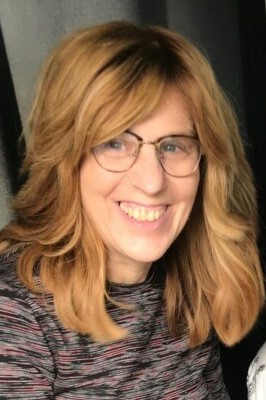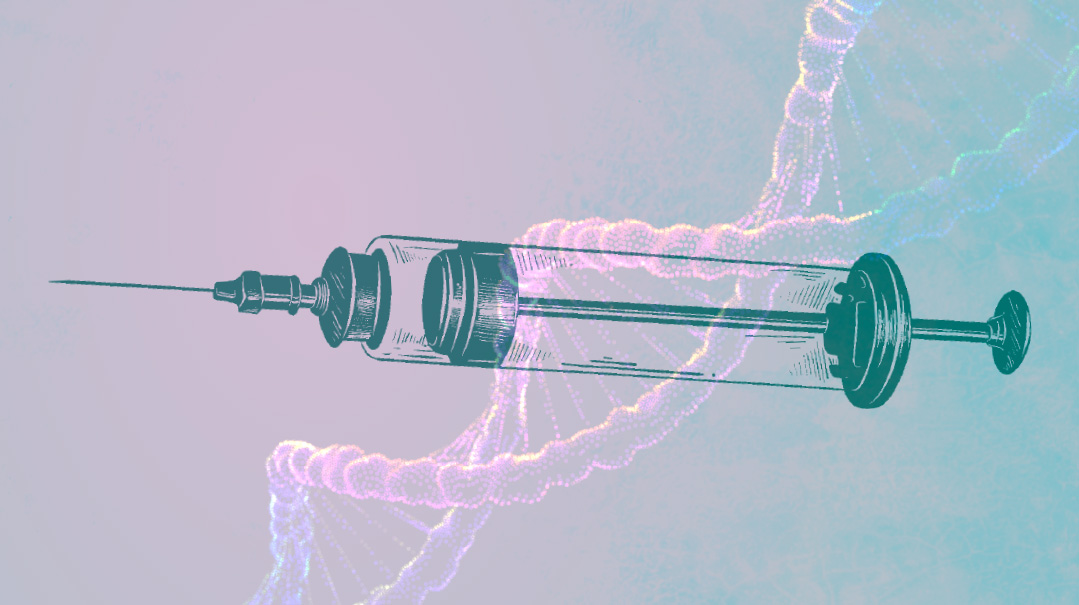On Trial

Are clinical trials a viable option when no other treatment is bringing results? When her vision suddenly deteriorated, one woman had to make that decision

Dina was 29 years old when she noticed her vision starting to deteriorate. She’d greet someone by name, only to find she’d mistaken them for someone else. Reading became difficult, and she needed a handheld magnifying glass or a magnifying lamp to read anything that wasn’t in very large print. “I’d been wearing glasses since I was nine months old, so I was no stranger to vision problems,” Dina says. “But as long as I wore my glasses, I could see fine. Now I noticed my vision becoming cloudy and blurry. I also started having problems judging distances, especially while driving.”
It all came to a head when Dina underestimated the space between her car and the one in front, and plowed right into it. Baruch Hashem, neither she nor the other driver was hurt, but she was badly shaken up. “I realized then that something was seriously wrong with my vision, and I had to do something about it,” Dina says.
But when one eye doctor after another wasn’t able to help, Dina decided to consult with her primary care physician. Her PCP doctor sent her for blood work, and when everything came out normal, recommended she see a neuro-ophthalmologist.
“There were two neuro-ophthalmologists on my insurance plan,” says Dina. “The one closer to my home wasn’t taking new patients, and the second one, in a different state, had a three-to-four-month wait time for new patients. I couldn’t wait that long. My eyesight was worsening, and I was feeling desperate. I decided to check myself into the emergency room at Wills Eye Hospital in Philadelphia, Pennsylvania where the neuro-ophthalmologist I was waiting to see was based. I figured they’d have to treat me straight away if I came through the ER.”
Turns out Dina was partially right. The ER doctors did do a full exam but couldn’t work out what was wrong and sent her home. The upside though was that hospital protocol requires that any patient checked in through the ER must be seen again for a follow-up within the next three weeks. Instead of a three-to-four-month wait, now Dina only had to wait three weeks to see the neuro-ophthalmologist.
At the first visit, the neuro-ophthalmologist ran tests to rule out vitamin deficiencies and a more serious but rare eye disorder known as Leber Hereditary Optic Neuropathy (LHON), a progressive genetic condition affecting the optic nerve, which leads to the gradual loss of eyesight, ultimately resulting in blindness.
During Dina’s follow-up visit to discuss her test results, the neuro-ophthalmologist asked her: “Do you want the good news first or the bad news?”
The good news, he continued, was that it wasn’t a tumor or terminal illness causing Dina’s vision loss. The bad news was that while she wasn’t going to die from it, she did have LHON, which meant she’d eventually go blind.
“I was definitely relieved to hear I didn’t have a fatal disease,” Dina says, “but I have to admit, the idea of eventually becoming stone-blind didn’t make me feel a whole lot better.”
But right after this devastating prognosis, the neuro-ophthalmologist gave Dina the hopeful news that there was a clinical trial for gene therapy underway at the hospital for LHON. Gene therapy for Dina’s condition would mean injecting the correct DNA sequence attached to a benign virus into the weaker eye. The goal is for the virus to infect the retinal ganglion cell with the correct DNA sequence. Though the Wills Eye team had already accepted the maximum number of people allowed for the trial, the neuro-ophthalmologist assured Dina he’d do everything in his power to get her in.
“It was too late for me to get into the trial,” says Dina. “But sometimes the FDA will allow an unapproved trial drug to be used on a ‘compassionate use basis’ for a small number of people who need it. Baruch Hashem, my doctor applied to the FDA, and I (along with nine others) was approved.”
Oops! We could not locate your form.







